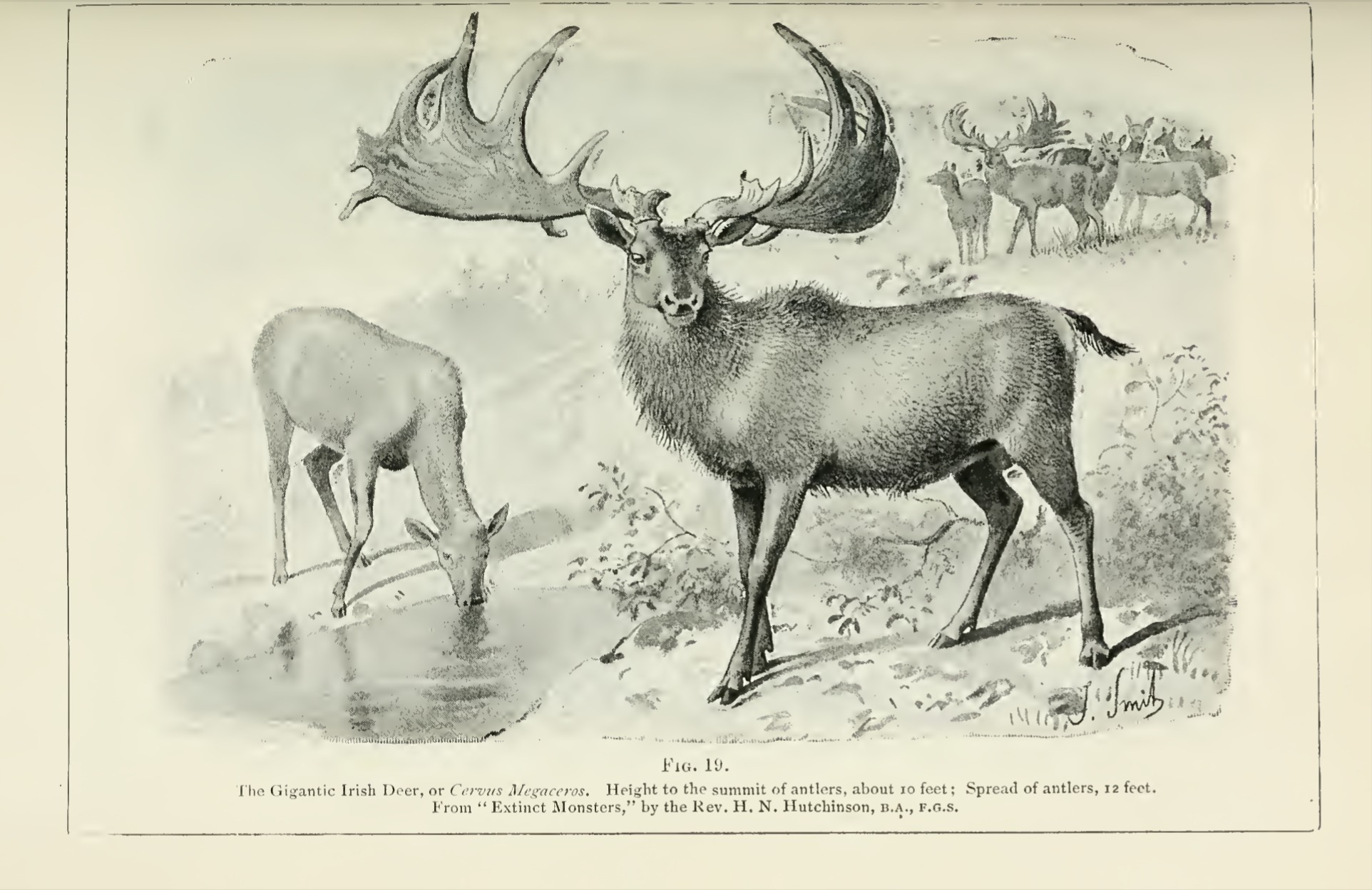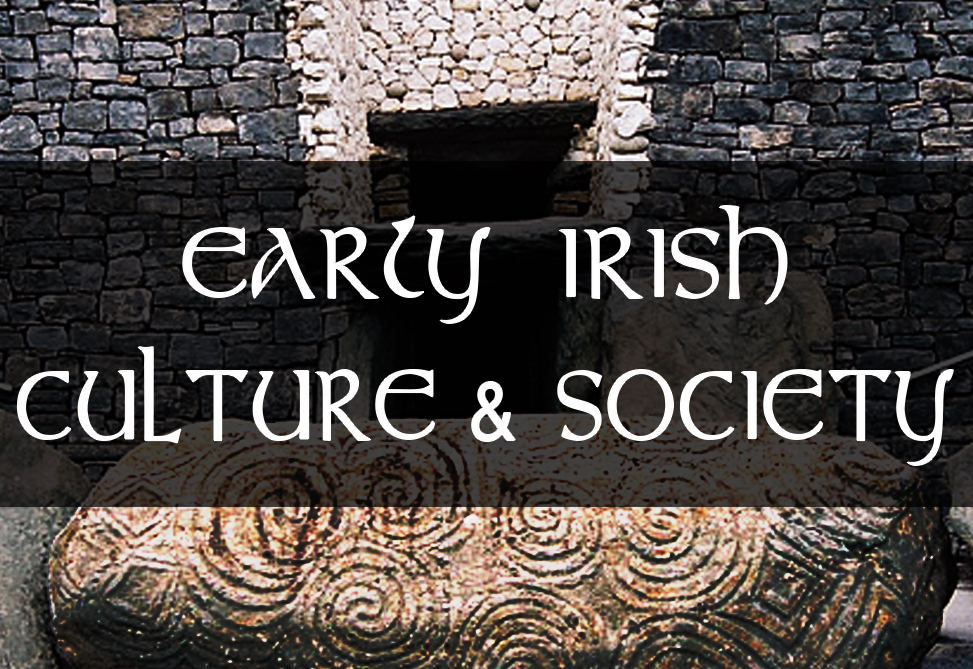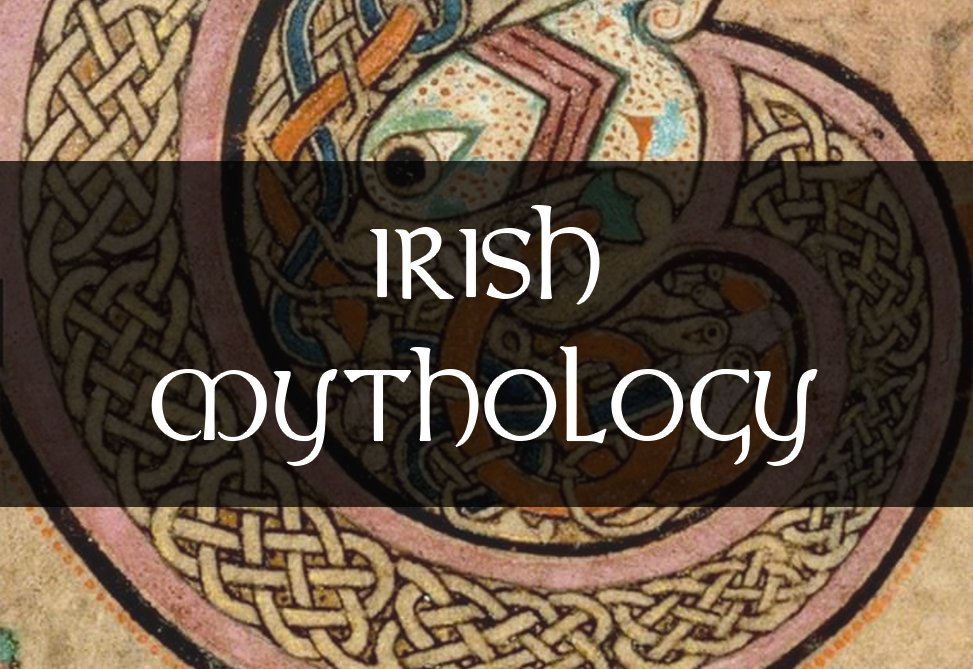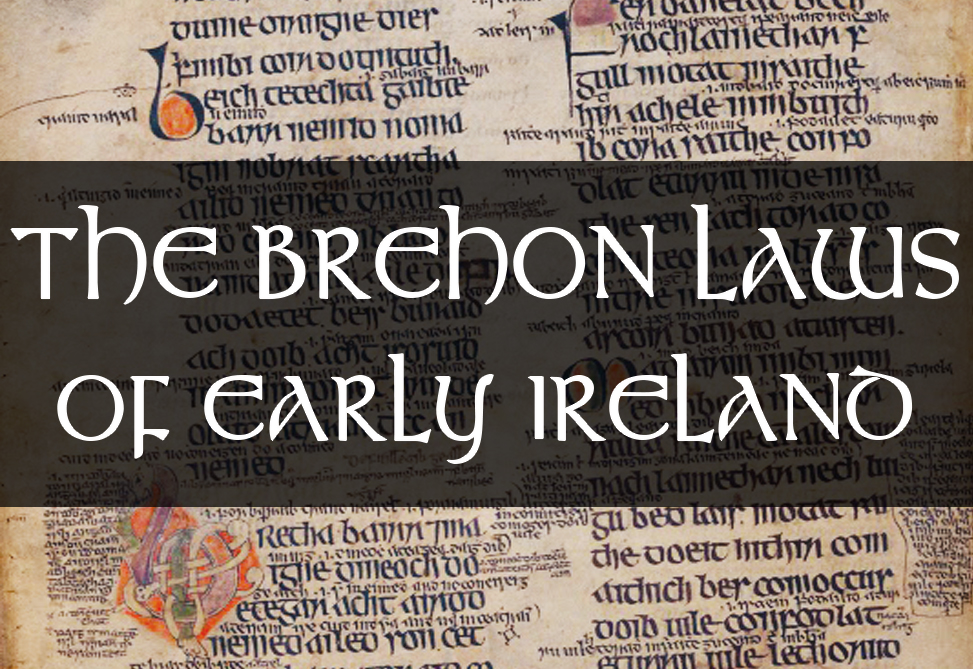The Great Irish Deer, also known as “Cervus Mageceros”, was a remarkable species native to Ireland during the last Ice Age. As one of the largest deer species that ever existed, it roamed across Europe and Asia, leaving a fascinating trail of history.
Cervus Mageceros had enormous antlers, reaching up to 3.6 meters (12 feet) in width. The antlers could weigh up to 40 kilograms (88 pounds), making them a striking feature of this gigantic species. Despite their size, these antlers were shed and regrown annually. The body size was equally imposing, with some specimens standing as tall as 2.1 meters (7 feet) at the shoulder.
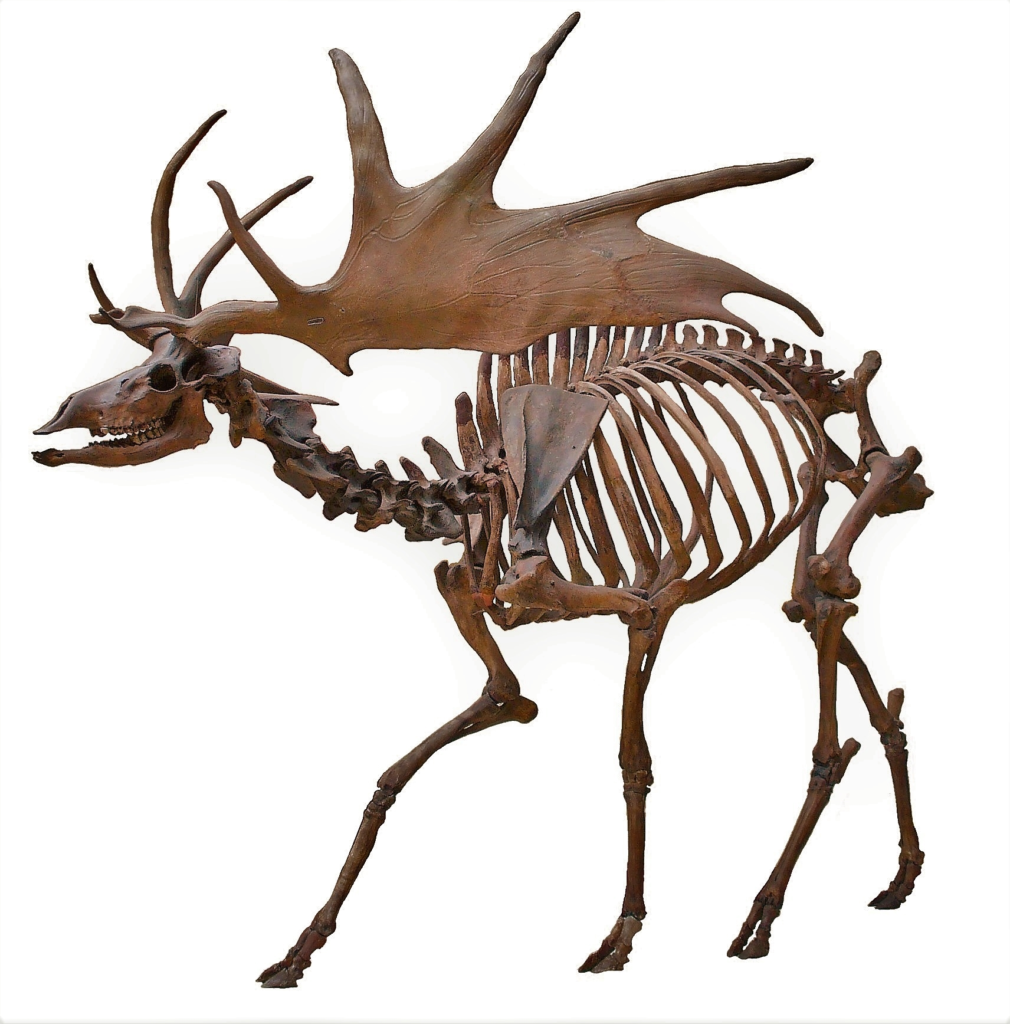
The Great Irish Deer became extinct approximately 7,000 years ago, at the end of the Pleistocene epoch. The reasons for its extinction are still subject to scientific debate, with theories including climate change, overhunting, and insufficient nutrition due to their huge antlers.
Fossils of the Great Irish Deer have been discovered across Europe, but Ireland remains a hotspot due to the country’s vast bogland. The remains found have provided scientists with a wealth of information about this species. These findings have led to greater understanding of the environment during the Ice Age and contributed to studies in evolution, biology, and ecology.
While the Great Irish Deer no longer roams the Irish landscape, it remains a significant part of Irish heritage and folklore. It is often depicted in Celtic art and literature, symbolizing strength and resilience. This fascination and reverence for the Great Irish Deer reflect a broader, enduring respect for nature and Ireland’s rich, prehistoric past.
